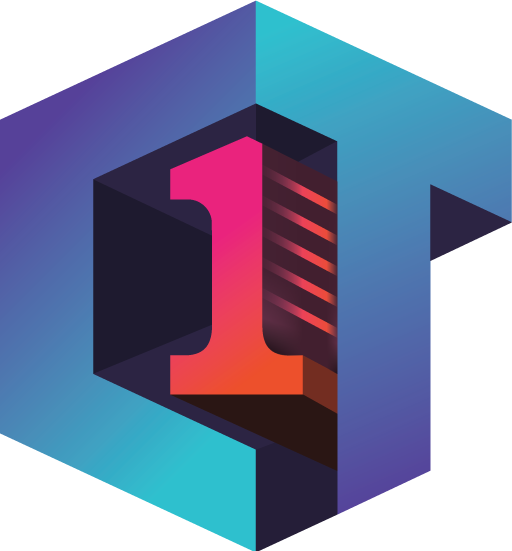TRON, with 2000 transactions per second capability, aims to simplify blockchain tech to make it compatible with day-to-day use.

The centralized world today makes people prone to data manipulation, misinformation, and the use personal data as a revenue generation vehicle. Blockchain protocols such as TRON are building the lofty infrastructure of a decentralized internet unrestricted by geographical boundaries, censorship or other such limitations while lending the users complete control over their data and a stake in the platform’s governance. Today, we explore the vision of the TRON network and its token TRX.
TRON: Introduction and Purpose
TRON is essentially a blockchain-based global file sharing platform that also serves the purpose of letting developers use the blockchain to build autonomous decentralized applications. The platform was founded in September 2017 by Justin Sun, a popular tech entrepreneur.
TRON aims to simplify blockchain tech to make it compatible with day-to-day use. With its stack of permissionless tools, platforms and protocols, TRON seeks to democratize and decentralize the content distribution and entertainment industry. It is smart contract compatible and allows developers to build dApps to serve any possible purpose, including gaming, DEXs, etc. A favorite among the dApp developers, TRON is the fastest-growing public chain with over 67 million accounts and a 2.6 billion transaction count.
While Bitcoin and Ethereum can handle up to 6 and 25 transactions per second, TRON claims to handle 2,000 transactions per second. It is highly scalable and has a reliable network structure, intrinsic value and a higher degree of decentralization consensus with an improved rewards mechanism.
TRON has its own TVM (TRON Virtual Machine), which serves as the operating system for running smart contracts in a decentralized interface. Its TVM is touted to be Turing-Complete, i.e., the programming language behind TRON allows it to solve nearly any computing problem in a practically feasible time.
TRON has partnered with known names like Samsung, Poloniex, BitTorrent, Swisscom, Opera, etc. The Sun Network, a DAppChain, is a side project of the TRON network built with the sole aim of helping dApps to operate on the network with lower energy consumption, faster speed and enhanced safety.
TRX Coin Fundamentals
TRX is the native token of the TRON blockchain used particularly to gain access to the platform’s applications. The platform has a supply of 101.9 billion TRX for now, but this supply is not hard-capped and might change in the future, as suggested by the TRON Foundation. The platform raised $70 million in funds in an ICO in June 2018, after which its mainnet was launched. The TRX holders also get a say in the platform’s governance by voting for the ‘Super Representatives’ serving as block producers on the blockchain.
TRX: Short Term Technical Analysis
The TRX coin has risen to the top 25 cryptocurrencies list by market cap this year. While the current price of TRX is $0.0771, it has exhibited several bearish trends lately, such as its break down from a more than 3-month long trendline, along with the breach of several support levels that had spawned off its recent rally.
.jpg)
Today, it trades at a crucial support level – the .66 fibonacci retracement at $0.076. If this is lost (and this may be likely given Bitcoin is looking bearish), TRX could head to the subsequent fibonacci support level at $0.066. However, it is likely to find intermediate support at $0.073 – the lowest wick of the recent crash that it previously tested.
On the upside, $0.089 and $0.098 remain key resistances to overcome.
Future Potential
Given the rising prevalence of dApps and Defi platforms in the current web interface and the upcoming model of decentralized Web3, the TRON network will hold massive potential as an underlying infrastructure powering applications and protocols of the next iteration of the web. The high scalability, transaction throughput and higher degree of decentralization that the network provides make it a superior choice over conventional networks.
However, it must overcome its recent bearishness. The project also needs to find a new leader (or set of). Justin Sun, its founder, announced last week that he is retiring from the TRON foundation to work on other projects – and to aid in its decentralization. TRON’s purpose and its committed ecosystem should carry the mission forward.
